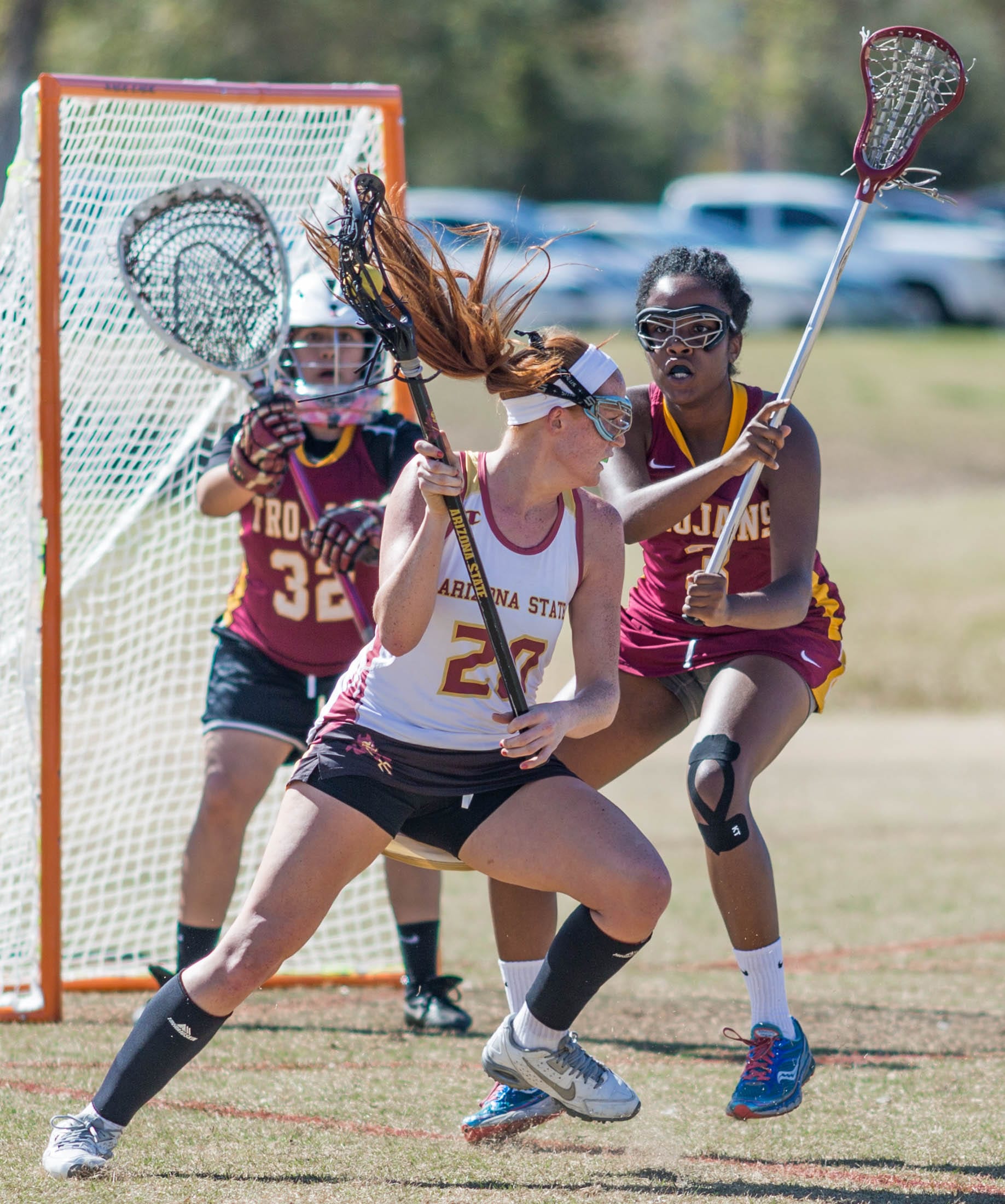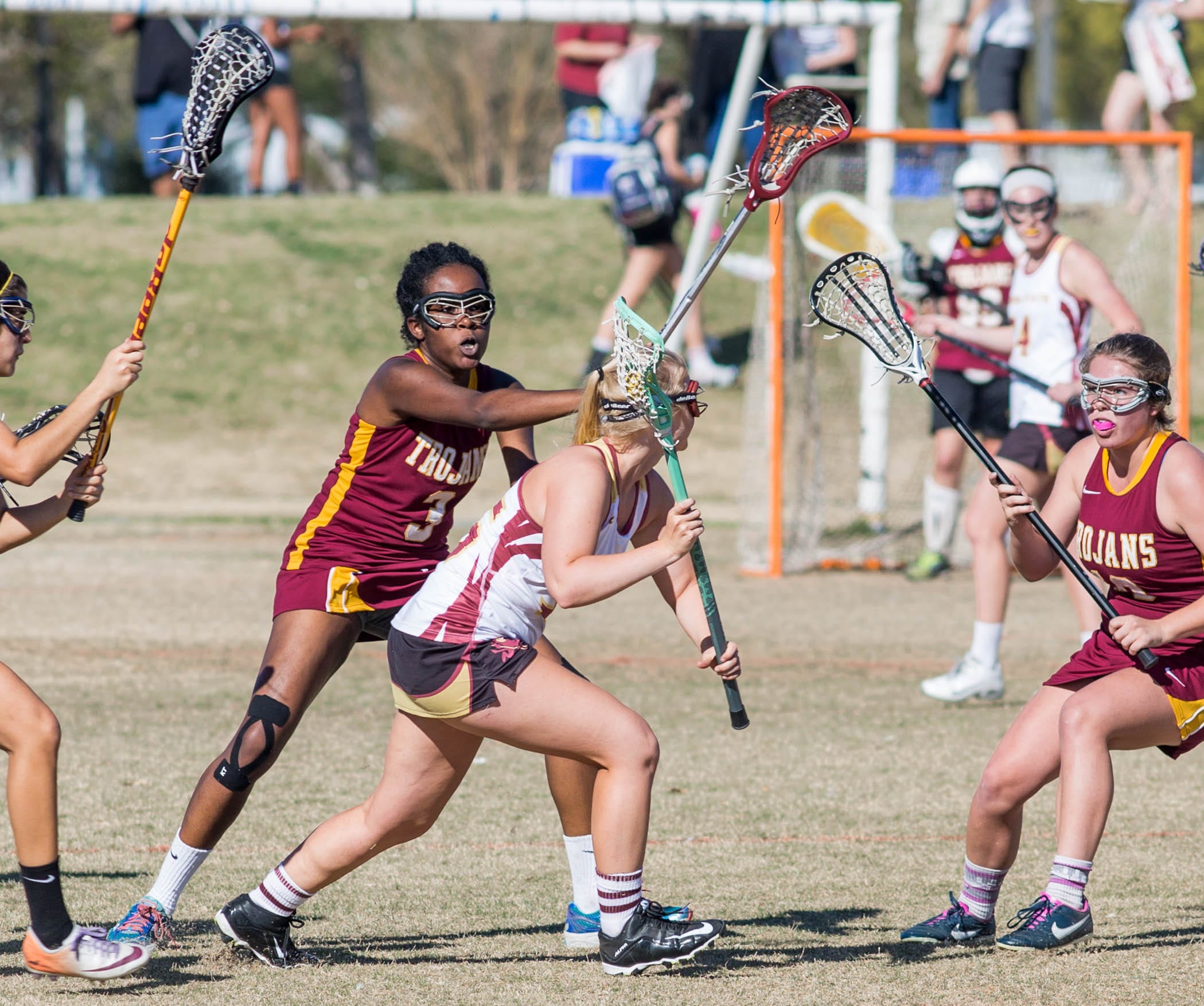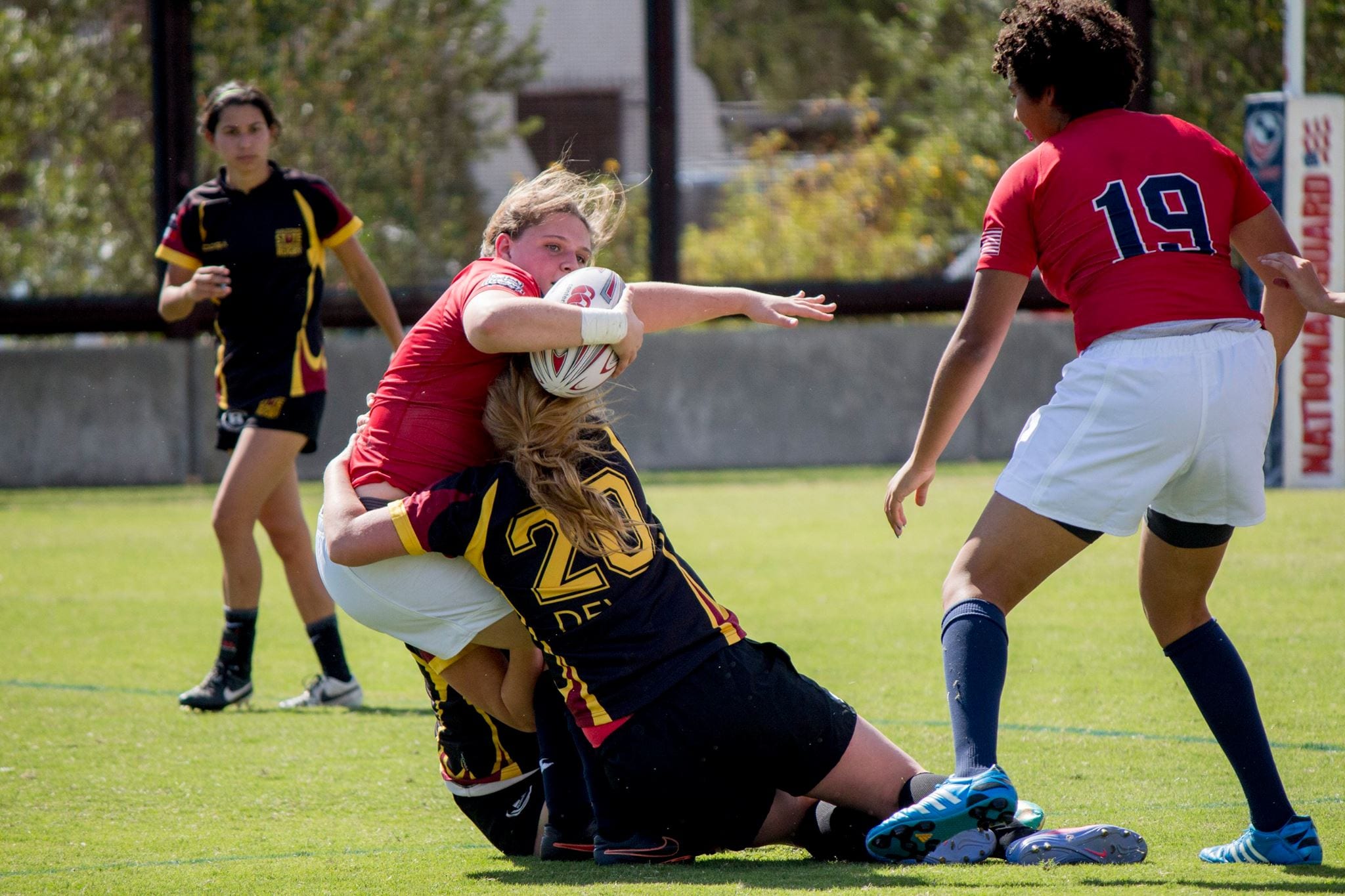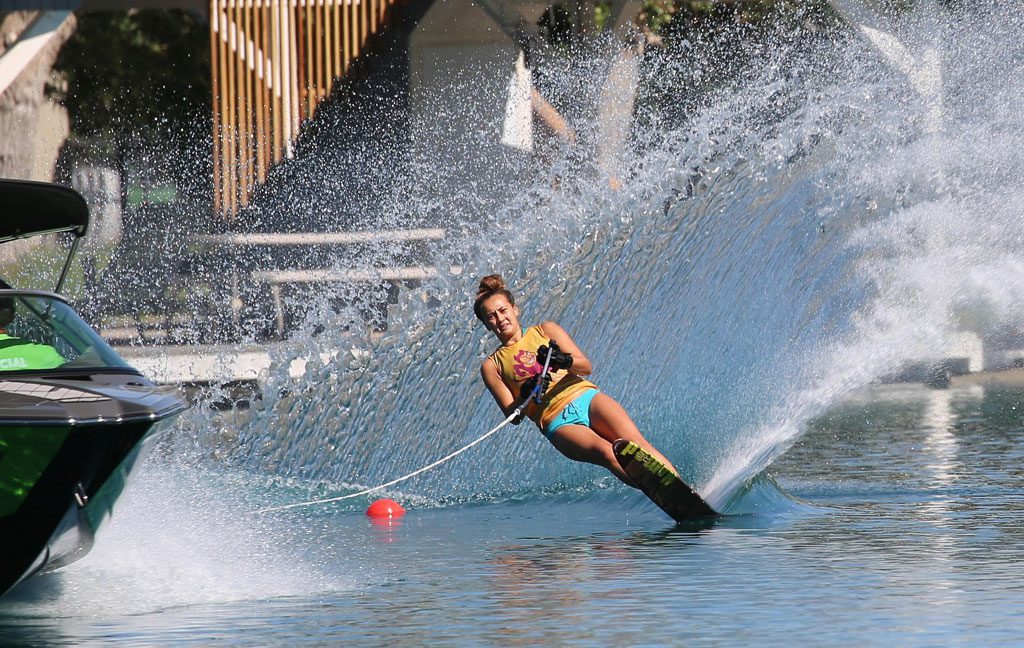Intramural and club sports are a vital part of campus recreation centers. They give the students opportunities to compete without being on a varsity-level sport team. However, consistently funding these programs is where things can get a little tricky.
One of Michael Przydzial’s first initiatives when he began working at Northern Arizona University (NAU) as the coordinator of competitive and rec sports was to create a single membership fee for all the sport clubs and participants. The idea is a student pays a fee for the entire year, which covers them for any sport they want to play. NAU had recently introduced a pilot program doing the same thing for intramural sports, changing it from what was a team fee to an individual membership fee, and Przydzial felt the need to do the same with the sport club program.
“We wanted to try and move in that same direction for sport clubs, not to only offer some additional support for equipment, staff or whatnot, but we also found we can turn that into a supplemental source of funding for our sport clubs, more so our competitive clubs,” said Przydzial. “We have initiated a membership fee that has grown to be $25 over the past couple years, and it is all collected online through IMLeagues, where they complete their required forms, collect and pay for their membership online.”
Over at Arizona State University, they also charge a fee for their athletes, but the sport clubs do the majority of their personal fundraising within their clubs. However, Tara Yesenski, assistant director for competitive sports, explained the other funding comes from student government. Encouraging the sport club executive board to lobby for more funding can be a way to ensure sport clubs have the allocated funds they need to grow.
“Last year, the sport club executive board, as well as other large organizations on campus, lobbied student government to increase the activity fee,” said Yesenski. “The activity fee helps fund all student organizations. They were successful and saw an increase of financial support from $110,000 to $226,000 annually. I would encourage all universities to work with their student governments to support sport clubs.”
Once the clubs have funding, making sure they keep track of it is vital. An interesting aspect to the sport club program at NAU is their clubs are required to have off-campus bank accounts. They have the freedom to seek donations, seek sponsorships and can do their own fundraisers off campus, without oversight of the university, which allows the clubs to be a little more creative with fundraising strategies. “Of course we coach them or train them on having good taste and representing the university well, but at the same time, they are non-affiliates of the university, they are voluntary programs,” said Przydzial.
For students not participating in club sports, intramurals might be where they feel more comfortable, so allocating funds for this program is just as important as ensuring the club sports have money. In terms of funding their intramural program, NAU has found success solely through tuition and membership fees.
“We get a transfer in every year from just our rec fee that is collected through tuition,” said Przydzial. “We also generated well over $70,000 just from the membership fee alone. That’s a huge chunk of money that really helps our budget out a lot and helps us to move around money within the department, just to make sure all of our departments are staying in the black, rather than in the red.”
At Arizona State University, like at NAU, they utilize a $25 membership fee to generate funding for intramurals, which allows students to participate in any intramural sport throughout the year. However, they occasionally have sponsorships, which help offset some of the intramural costs.
“Residential Life gives us money so all of their students can do intramural sports for free,” said Yesenski. “We also have the W.P. Carey School of Business and the Fulton School of Engineering giving us money as well, so their students can participate in intramural sports for free.”
Przydzial explained that while the idea of utilizing a membership fee for sport clubs can be tough at first, because students are seeing it as another way people are trying to take more of their money, the benefits far outweigh the few complaints that may be heard. “Even if you start out really small, asking even $10 per year per member, I don’t think the students would see that as too much of a cost they couldn’t cover in order to play as many intramural sports as they would want to, and it’s really helped us out since we have initiated it.”
















